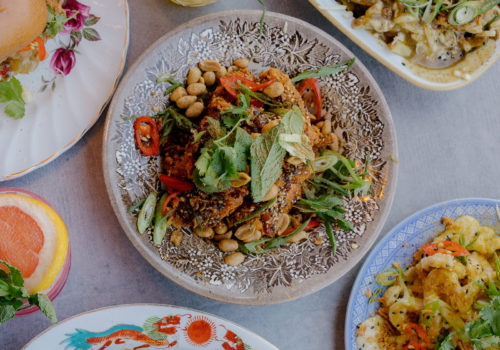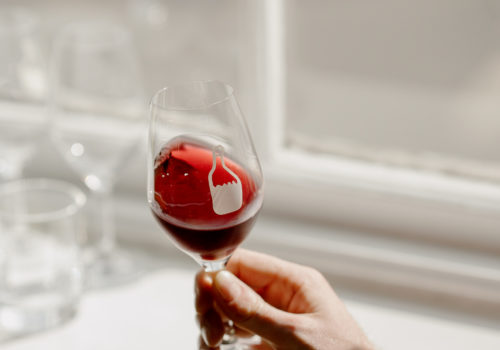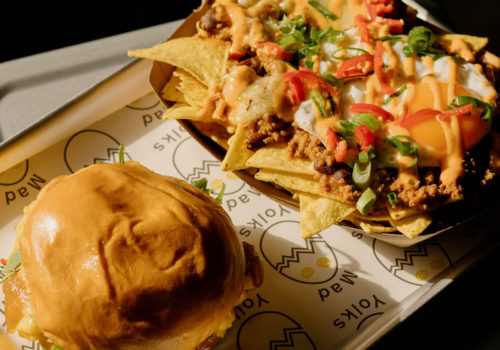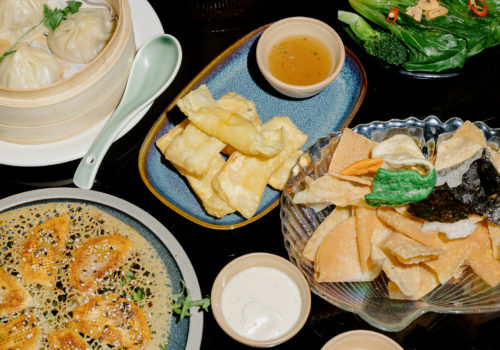Off the Beaten Track: Orwell Road
Words: Shamim de Brún
Images: George Voronov
It’s easy to go to a restaurant and order the signature dish. So simple, it’s almost mandatory. But what happens when you go to the restaurant where everyone orders the same thing, and you don’t? Do the lesser ordered dishes stand up to the ones everyone has waxed lyrical about all over the internet?
We went to Terenure’s latest hot spot and ordered dishes we hadn’t seen hit the gram yet.
What’s the place like
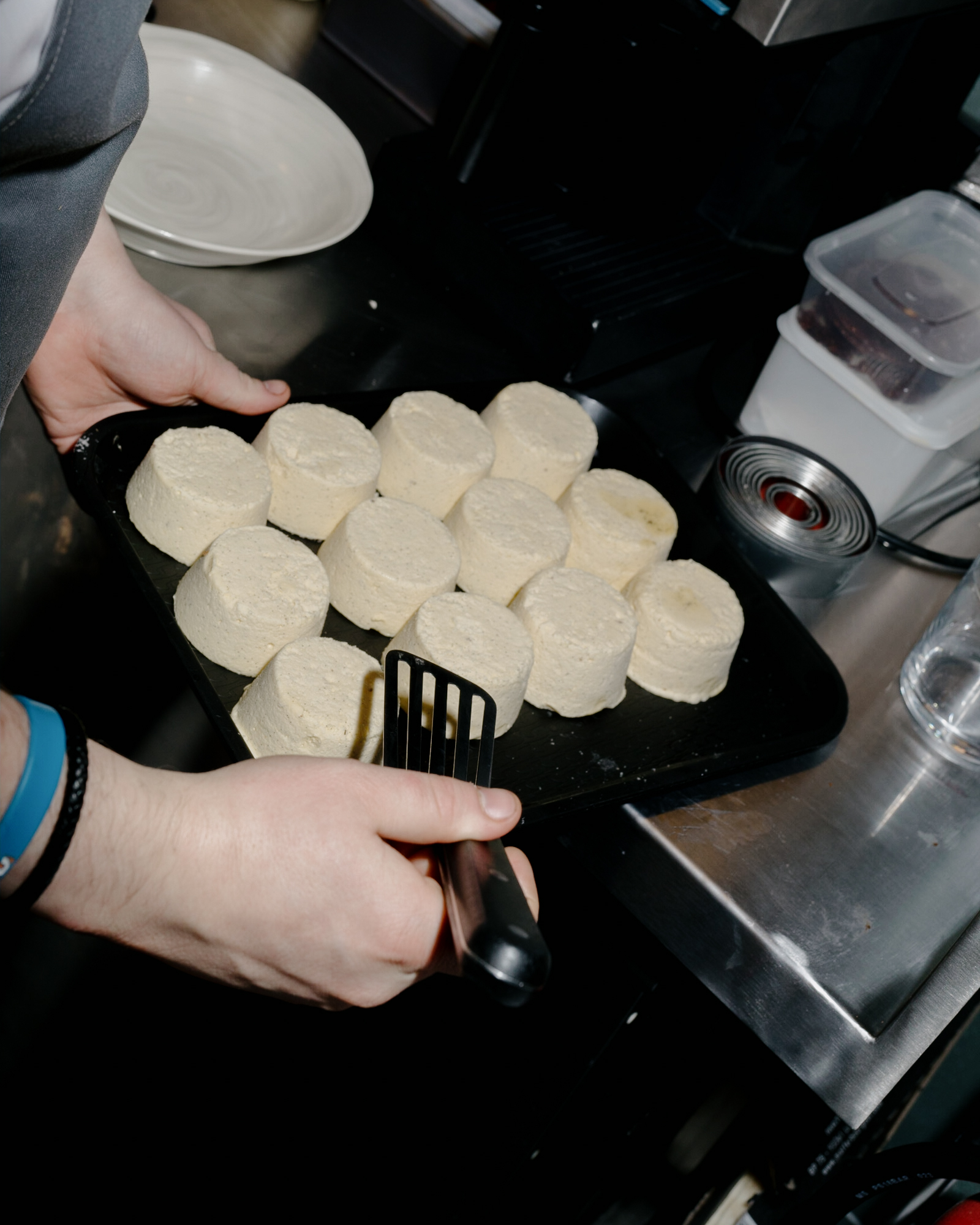
Orwell road is aiming for the stars. Michelin Stars, that is. Though they’d play coy if you asked, you can feel the ambition pumping through the team like adrenaline. They live, breathe and bask under the same kitchen lights, so the bonds forged through scalloping chicken wings seem as unbreakable as an oak.
The Space
Conor Bereen designed the room to be a contemporary local restaurant. The result is a bright, fresh space with lots of art deco warmth. The antique glass-panelled frontage inspired the design and makes for a cohesive through-line with the sea green Venetian walls popping it all off. This space supports and doesn’t steal focus from what’s important – the food!
Dan Hannigan
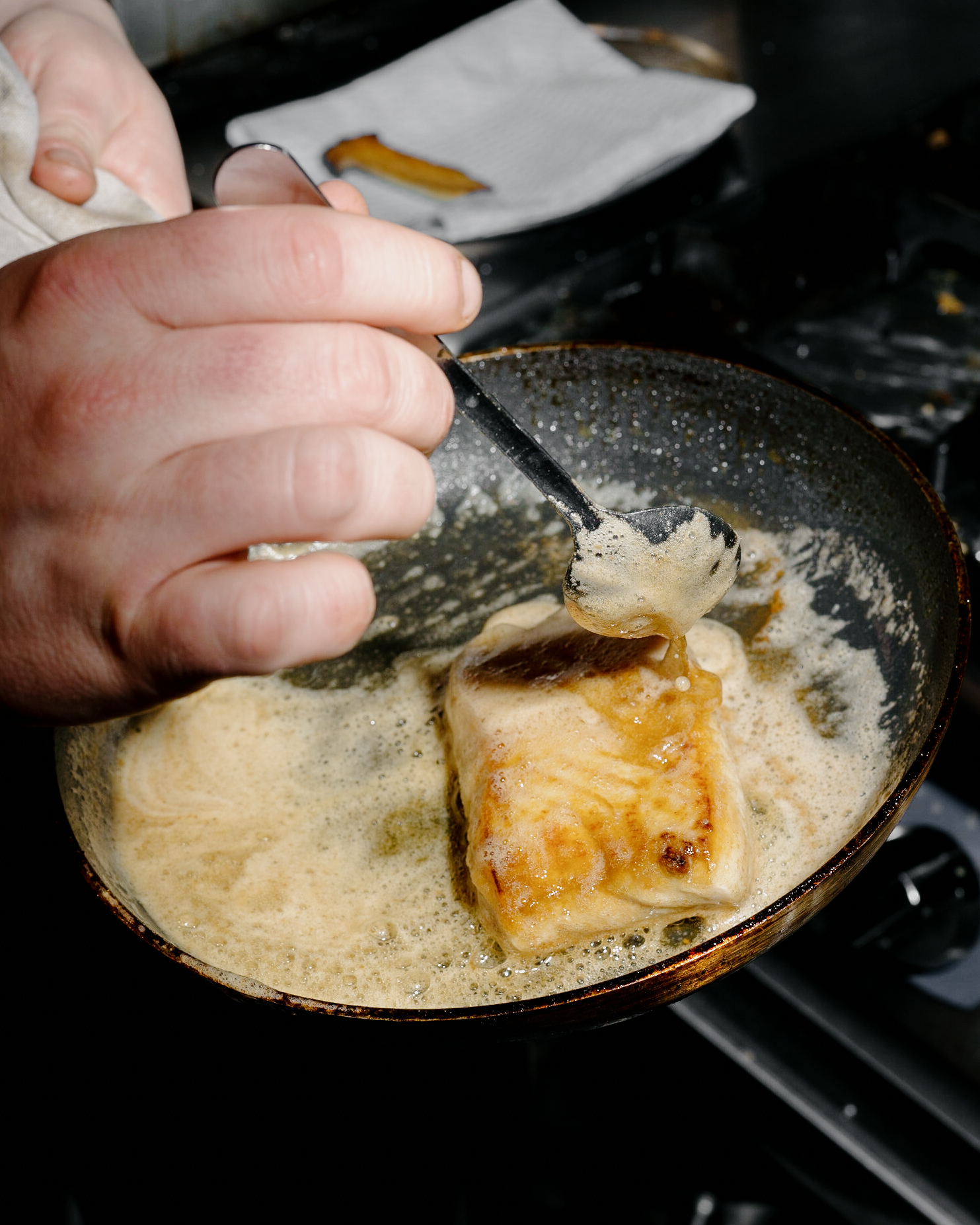
Dan Hannigan has a passion for provenance. Using suppliers which include Sustainable Seafood Ireland and Glenmar seafood, JJ Young, McLoughlin’s and Andarl meat. Like all other displaced people, I think previously displaced chefs often do. There’s something about knowing where your food comes from that makes you feel more connected to the person you are at your core, in your heart. As much as knowing your own origin story is informed by and informs your current sense of self, so too does knowing that this meal we are about to eat was brought forth from the hands of a local farmer and a chef like Dan and his team. This connection is like an invisible golden string linking us to our food and our food.
If they had a theme, Dan says it would be ‘delicious’. He didn’t want to be constricted by a notion of what the place or food should be. He wanted the focus to be on how it tastes. So how does it taste?
Cauliflower cheese, caper and raisin
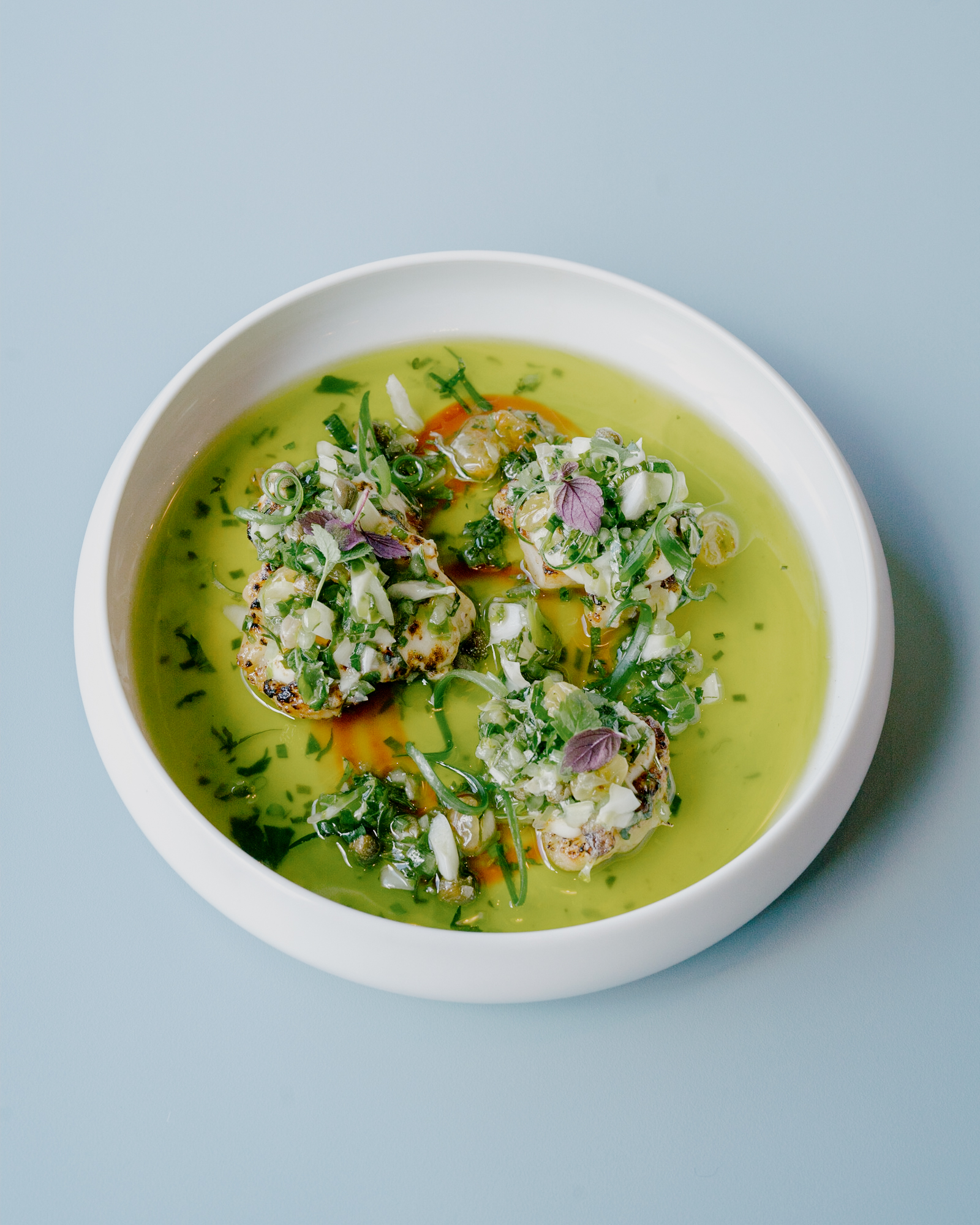
But not as you know it. Find someone who doesn’t like cheese on cauliflower, and you’ve found a hermit. Over the past few years, cauliflower has Longbottom-ed harder than the actor who originated the term. It’s hardly a taste sensation on its own, but add the right stuff to this cruciferous vegetable, and it becomes a new beast.
Here it is in beast mode level expert. There’s no way the average home cook could ever hope to make cauliflower like this one. This mixing of such a motley crew is a crunchy sweet-and-sour experience, which compliments the subtle cheese in the sauce. The capers add a touch of salt without weighing it down. And the raisins play a supporting sweet role as if they were a character actor gunning for an Oscar. The dish is a must-try wonder. We know it’s hard to skip the much-lauded chicken wing scallop, but this will not disappoint.
Mackerel tart, chilli ponzu
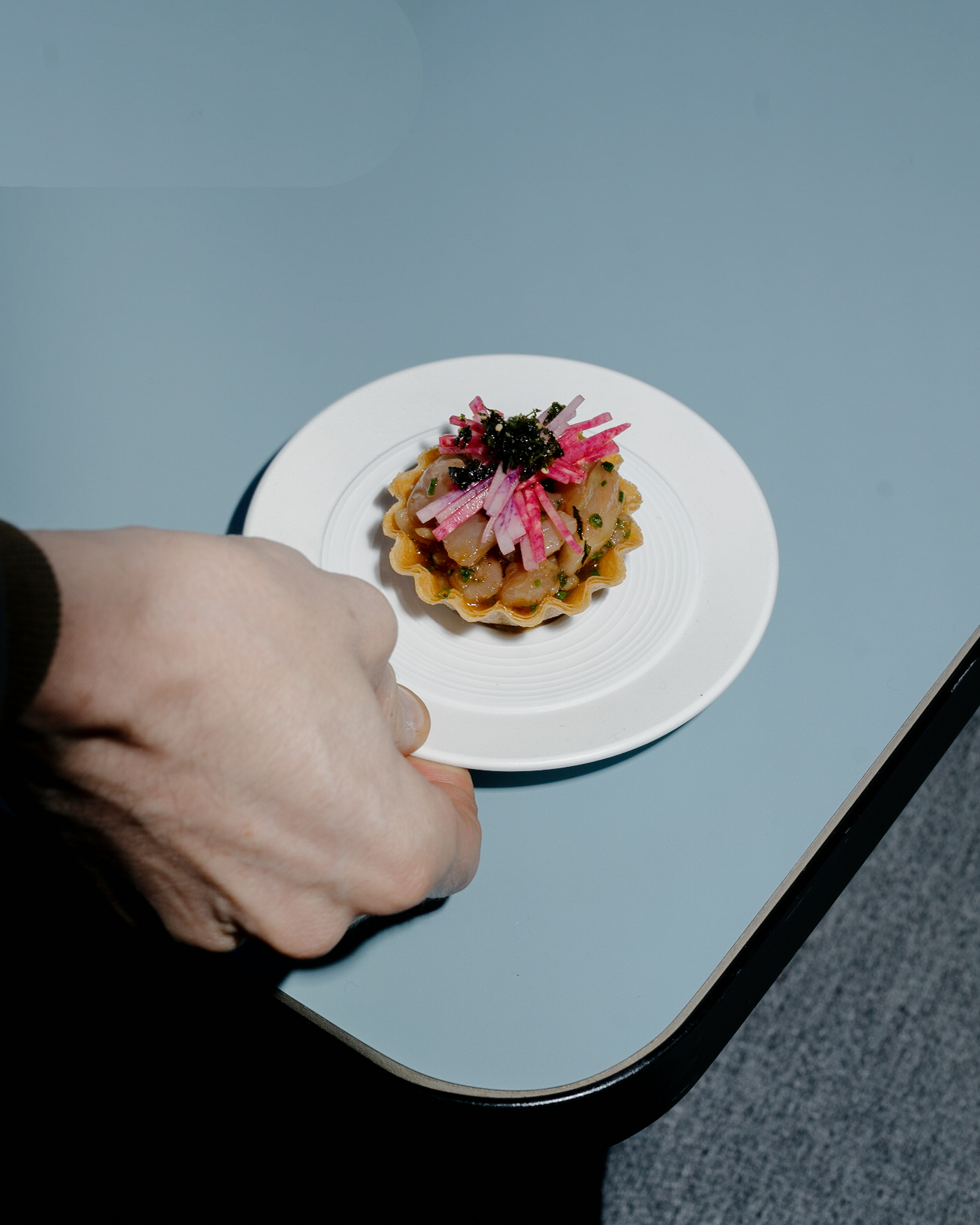
Traditionally a snack or in posh, an amuseboosh is served before the starter. But reversing the order isn’t as entitled as it sounds. Sometimes you want the first to come second, and this was one of those times for us. After sharing a starter having the tiny tart all to myself felt like I was being treated to a joy, my companions would never know.
The dish itself is a Peruvian ceviche take on mackerel. The fish was dry-aged by Karl Whelan at Saltwater Grocery, so you know it is the highest quality. It’s served as small cubes which have been soused in chilli ponzu on a delicate crust.
The ponzu is made in house and brings a sharp acidity to the forefront with a slow-burning spice on the finish. Topping this delicate tartlet with pickled onions and seaweed gives it a muscular edge.
Each of the intense flavours sounds like they’d be duking it out for your attention, but actually, they come together like an early Beatles song to give you a melody you’ll be singing for a long time. You could share it if you had to, but I’d recommend keeping it all to yourself.
Dry-aged halibut, smoked mussel and caviar sauce

This is a clever dish. To my professional shame, I’ve never had caviar, but if it tastes as good as this sauce, then I have severely been missing out. Could easily have drank the stuff, but mopping it up with some bread was more socially acceptable.
The dish is a dramatic colour and texture feast for the aesthetically famished. Dry ageing is taking the rib-eye treatment to your fish fillet. It has become the new thing at top restaurants like Orwell Road. According to Karl Wheelan, this style of ageing, while synonymous with Japanese cuisine, is historically common in Ireland, too, though it fell out of vogue for a while. But, probably to do with the British occupation, it usually is.
As a rule, halibut absorbs seasoning exceptionally. In this dish, it was no exception. It was singing like the hills were alive. The fish itself had a gentle flavour that resembled the sweet taste of crab meat. The leek was a razor-sharp balance of char and butter with the mushroom tieing it all together with a touch of umami. Overall it is a dish with a variety that exceeds expectations, as an exceptionally good cup of tea on a rainy day.
Vanilla parfait, Ryan’s rhubarb, meringue
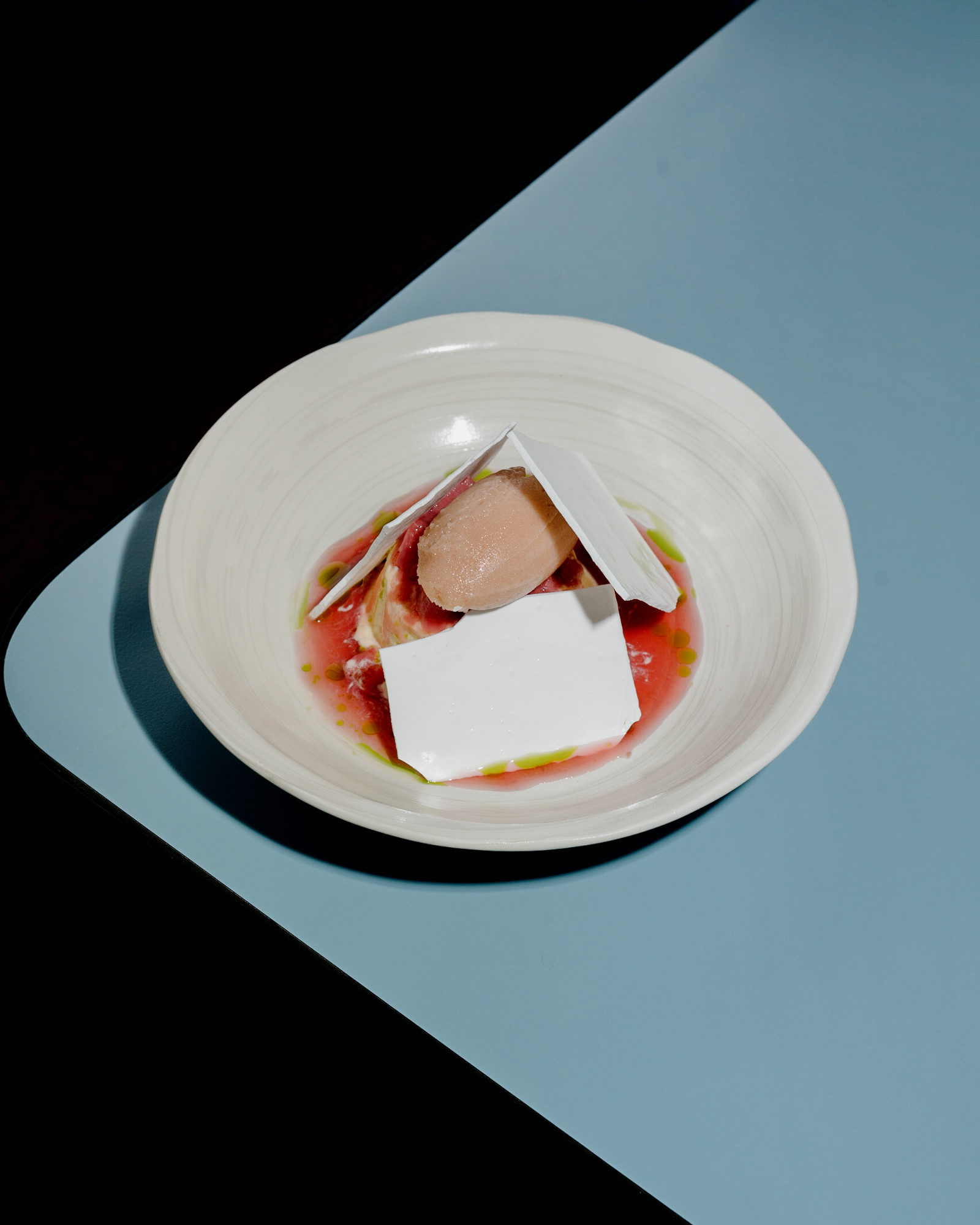
The rhubarb itself is the base to support a duo of rhubarb sorbet and a parfait. The dish is topped with shards of paper thing meringue, giving an unrelenting crisp to a soft tart dish. As a whole, it’s refreshing and restrained. It keeps your attention without demanding it. Like a summer dessert should.
Wine and Cocktails
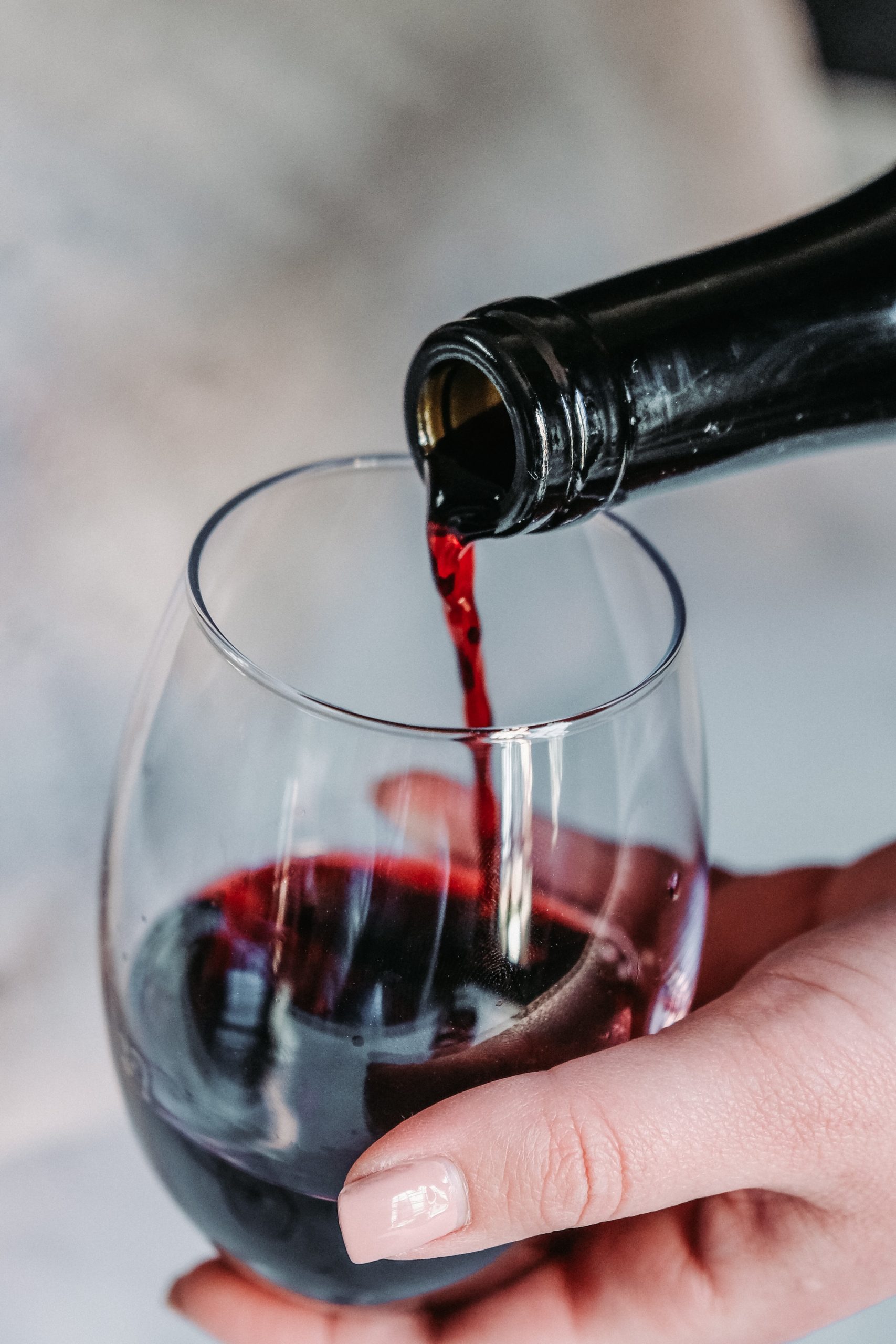
A wine list compiled by Brigid O’Hora is supported by some exemplary cocktails. There are some attractive bottles from small organic producers and a considerable number of by the glass options without getting into the natural stuff. Perfect for changing up your wine to match your fish. What is notable for the budget wino is that there are a good few bottles under forty quid, which is unusual for a restaurant of this calibre.
The cocktails, like food, are made with as many Irish ingredients as possible. Taking inspiration from European aperitivo and digestif culture, the range is perfect for bookending your meal.
Elsewhere on Char: One of Everything: Table Wine
